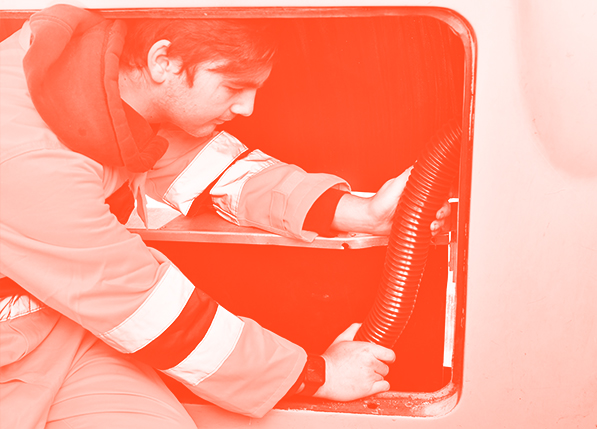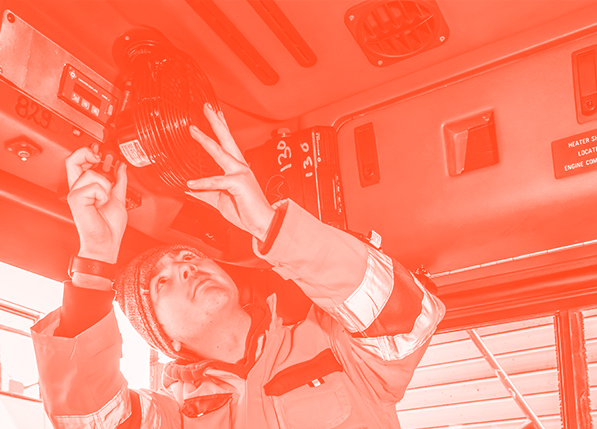Stay on the road during Covid-19
Opening the cab window doesn’t pull fresh, virus-free air into the cab.
In fact, it makes things worse – creating a vacuum which pulls air into the cab from the saloon. This exposes your drivers to more air from the passenger area, not less.
The right kind of air
After consulting a university virologist, we discovered that Covid-19 exposure can be reduced when you increase the air pressure inside the driver’s cab.
This has two benefits: it brings in air from outside the bus – and helps keep passenger air in the saloon.


Reduce Driver Exposure
The Driver Safety Vent improves air flow by pushing fresh air into the driver’s cab from outside the bus. Simple and cost-effective, this helps to reduce your drivers’ exposure to air from the saloon and to keep vital services on the road.
How the Driver Safety Vent works
-

1
The vent reduces your drivers’ exposure to air from the saloon by delivering a supply of air from outside the bus.
-

2
The cab vent brings in air directly from outside the bus. This increases air pressure in the cab, helping to keep saloon air away from the driver.
-

3
When the bus is stationary, a fan keeps the air moving. Your drivers don’t need to do anything.
-

4
With exposure reduced, your drivers will feel safer – and you face less risk of staff shortages and service interruption.
Installed to fit your schedule
We can come to you
After a full safety assessment, our team will fit the vents overnight at your depot. No travel time. No downtime. No unexpected costs.
Alternatively, just bring your buses to our Birmingham workshop.
No fuss, no mess
We drill a neat hole in the cab, and connect the Driver Safety Vent. Made-to-measure ducting delivers around one to two litres of air every second. A mesh cover keeps out bugs and debris.
A regular flow of outside air
The fan is fitted above the driver’s head, so there’s no distraction. If you prefer, we can give the driver the option to turn the fan off.

